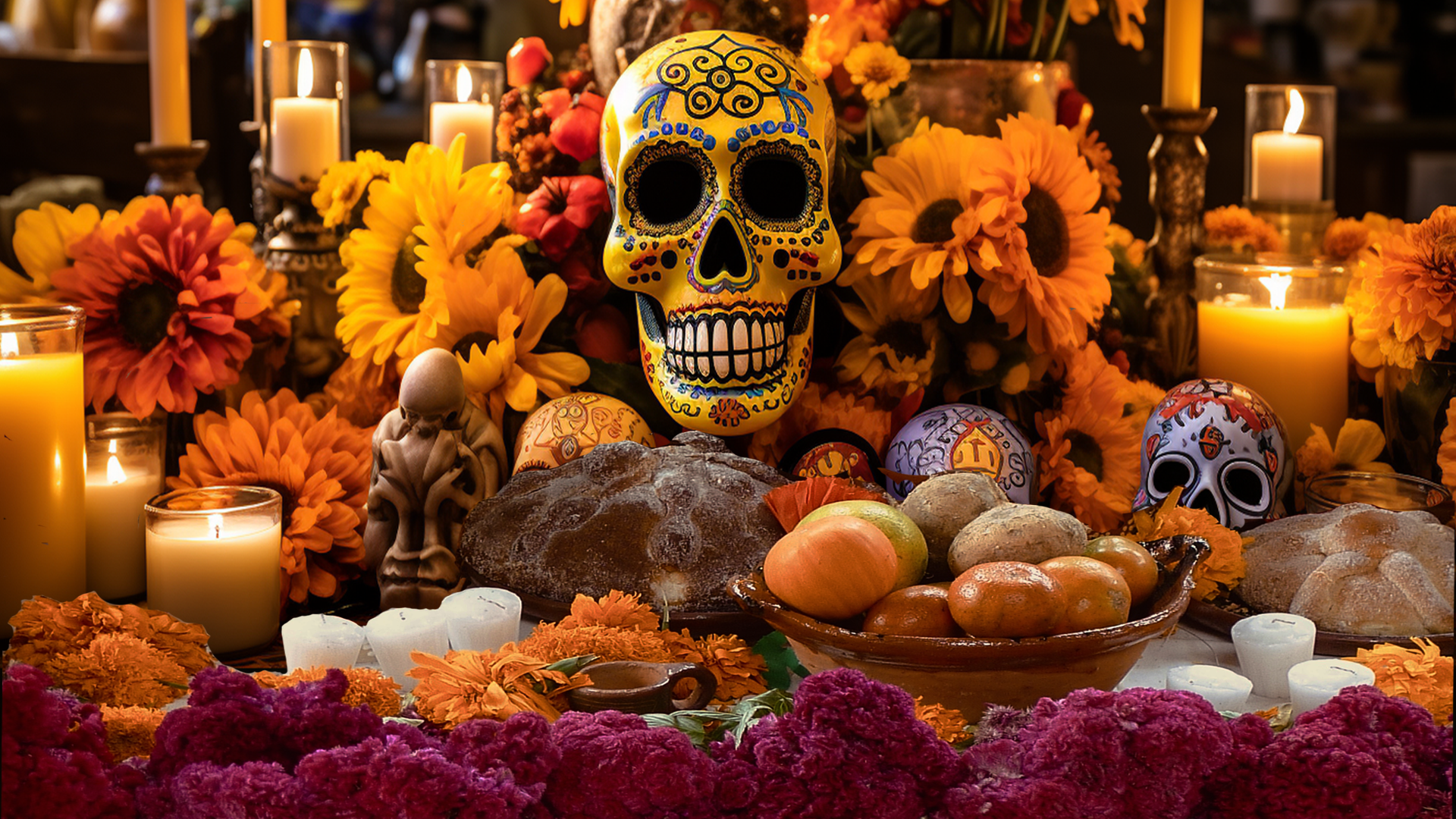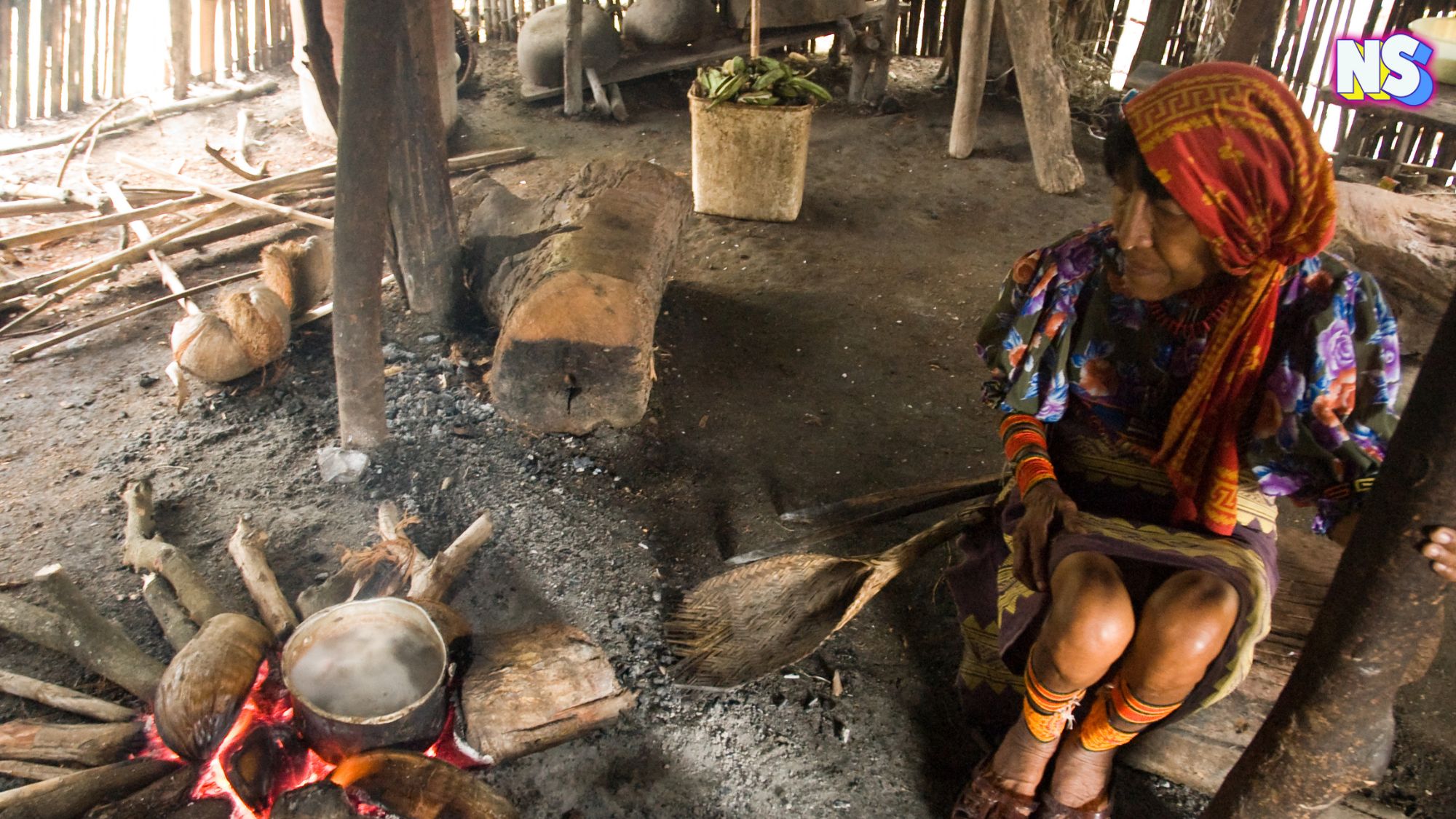In a world where death is often associated with sorrow and mourning, the Mexican holiday of Day of the Dead, or Dia de los Muertos, offers us a much different approach.
Celebrated on November 1 and 2, the Day of the Dead not only honors, but celebrates, the lives of loved ones who have passed.
It’s a joyful tribute that beautifully melds ancient Indigenous beliefs with Catholic traditions, creating a unique and vibrant celebration that honors the cycles of existence – where the departed are never truly gone but live on in the hearts and memories of their loved ones.
In a whirlwind of colors, aromas, and heartfelt gestures, the festive occasion is a reminder that, in the end, love and remembrance are what truly matter.
Some say the heart of the holiday lies in the ofrenda, an altar, serving as a homage to ancestors and deceased family members.
The altars are adorned with personal items specific to the deceased (such as photographs and favorite foods), along with traditional elements which come together to make up the holiday.
“When we’re talking about an ofrenda, we’re talking about a specific person,” says the Smithsonian Latino Museum, in an online video for its Day of the Dead Learning Kit explaining the ofrenda.
And, since the core idea is that during the two days of Dias de Los Muertos is that the spirits of the deceased return to the realm of the living, the ofrendas are meticulously arranged to provide them with all the nourishment they require for their spiritual journey.
So, let’s embark on a comprehensive journey to discover 4 key elements that constitute a Día de los Muertos ofrenda.
Exploring the Significance of 4 Key Ofrenda Elements
Pan de Muerto
A central element of the ofrenda is pan de muerto, a traditional Mexican sweet bread. “Pan de muerto is an element that is incredibly important to celebrating Day of the Dead,” the Smithsonian explains in a YouTube video about the holiday. “It is made … especially for this occasion. You cannot find pan de muerto outside of the Day of the Dead festival because it really is about honoring the loved one.”
The bread is typically made in the shape of a round or oval loaf, often with a round knob on top that represents a skull or a tear. The round shape symbolizes the cycle of life and death, and the knob may represent a skull or a tear shed for the deceased.
The bread itself is sweet, with a slightly citrusy flavor, thanks to the use of ingredients like orange blossom water and sometimes anise seeds. It’s usually decorated with sugar, which may be shaped into intricate designs or used to create bone shapes on the surface.
“We had different kinds of pan de muerto: the one you eat in Oaxaca, the one you eat in Veracruz, the one you eat in central Mexico, the one from Mexico City, and the one in the north of Mexico,” Manuel Tellez, co-owner of the Dallas-based Maroches Bakery, tells the outlet Texas Monthly.
Calaveras
Calaveras, or skull-shaped candies and decorations, are also synonymous with Dia de los Muertos, and have an important place on the ofrenda. The edible sugar skulls, in particular, are often personalized with the names of the deceased and offered as sweet treats.
“The sugar skulls actually have two meanings actually. They represent the sweetness of life … but they also represent death,” the Smithsonian explains.
Away from the ofrenda, calaveras are also featured in satirical and humorous poems known as “calaveras literarias.” Often published in newspapers, the poems mock the living by depicting them in humorous or absurd situations alongside skeletons, reminding people of the transient nature of life.
Marigold Flowers
Marigold flowers, known as cempasuchil in Mexico, are believed to guide the spirits back to the living world.
The hummingbird and the marigold became symbols of eternal love in Aztec culture. It was believed that when a hummingbird visited a marigold, it was a sign of the undying love between two lovers, Xóchitl and Huitzilin. It’s a tale of love that transcends time and lives on in the natural world, where the hummingbird still seeks the marigold, and their love remains eternal.
For Day of the Dead, the cempasuchil’s vibrant orange and yellow hues are said to symbolize the sun’s light, which is thought to help the souls find their way home. The placement of candles, along with marigold petals, illuminates the path for the returning spirits and adds a warm, inviting glow to the ofrendas.
Candles
Candles, often placed in the form of crosses, arches, or other designs, play a significant role in the visual beauty and symbolism of ofrendas.
It is believed that, when the spirits of loved ones return to the world of the living during this time, the candles act as beacons to help them find their way. “Candles are lit to welcome the spirits back to their altars,” the University of California, Davis, writes.
The flickering light of the candle’s fire is also associated with transformation and renewal. In many cultures, it symbolizes the eternal cycle of life, death, and rebirth. And the act of lighting a candle is a way of acknowledging the transformative power of death and the hope for a new beginning.
Did you know?
In 2008, Day of the Dead was inscribed in the Representative List of the Intangible Cultural Heritage of Humanity by The United Nations Educational, Scientific and Cultural Organization (UNESCO). By inscribing Día de los Muertos, UNESCO raises awareness worldwide of the tradition’s significance and the importance of safeguarding it for future generations. It acknowledges the efforts made to ensure that this beautiful cultural heritage continues to be passed down through the ages.





